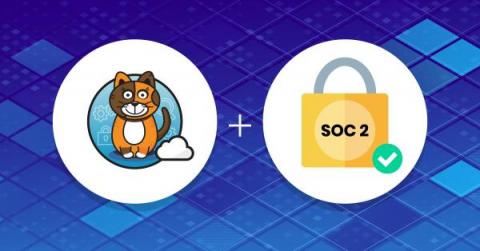Mobile Money Compliance: The Importance of AML Screening in 2023
Anti-money laundering (AML) compliance in the mobile money industry has become increasingly important in 2023. With the rise of mobile money transactions, regulatory bodies are ramping up efforts to combat money laundering and terrorist financing. In this infographic, we explore the technology involved in AML screening, the importance of AML compliance in the industry, and best practices for financial institutions.











